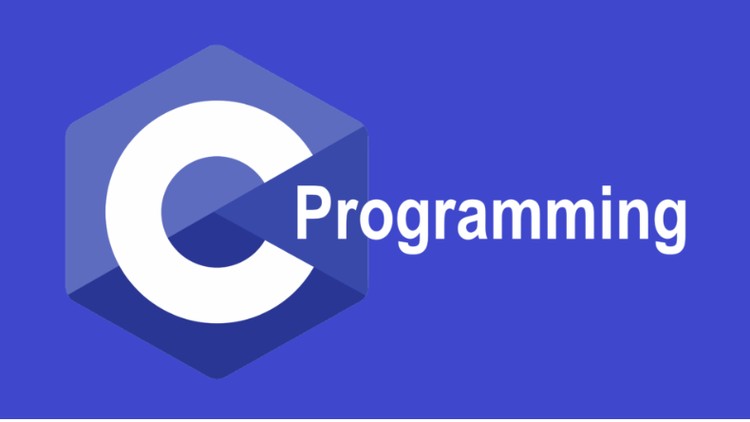(C Programming Tutorials)
Relationship Between Arrays and Pointers
In this tutorial, you’ll learn about the relationship between arrays and pointers in C programming. You will also learn to access array elements using pointers.
- C Arrays
- C Pointers
Relationship Between Arrays and Pointers
An array is a block of sequential data. Let’s write a program to print addresses of array elements.
#include <stdio.h>
int main(){
int x[4];
int i;
for(i = 0; i < 4; ++i) {
printf("&x[%d] = %pn", i, &x[i]);
}
printf("Address of array x: %p", x);
return 0;
}
Output
&x[0] = 1450734448 &x[1] = 1450734452 &x[2] = 1450734456 &x[3] = 1450734460 Address of array x: 1450734448
There is a difference of 4 bytes between two consecutive elements of array x. It is because the size of int is 4 bytes (on our compiler).
Notice that, the address of &x[0] and x is the same. It’s because the variable name x points to the first element of the array.

From the above example, it is clear that &x[0] is equivalent to x. And, x[0] is equivalent to *x.
Similarly,
&x[1]is equivalent tox+1andx[1]is equivalent to*(x+1).&x[2]is equivalent tox+2andx[2]is equivalent to*(x+2).- …
- Basically,
&x[i]is equivalent tox+iandx[i]is equivalent to*(x+i).
Example 1: Pointers and Arrays
#include <stdio.h>
int main(){
int i, x[6], sum = 0;
printf("Enter 6 numbers: ");
for(i = 0; i < 6; ++i) {
// Equivalent to scanf("%d", &x[i]);
scanf("%d", x+i);
// Equivalent to sum += x[i]
sum += *(x+i);
}
printf("Sum = %d", sum);
return 0;
}
When you run the program, the output will be:
Enter 6 numbers: 2 3 4 4 12 4 Sum = 29
Here, we have declared an array x of 6 elements. To access elements of the array, we have used pointers.
In most contexts, array names decay to pointers. In simple words, array names are converted to pointers. That’s the reason why you can use pointers to access elements of arrays. However, you should remember that pointers and arrays are not the same.
Example 2: Arrays and Pointers
#include <stdio.h>
int main(){
int x[5] = {1, 2, 3, 4, 5};
int* ptr;
// ptr is assigned the address of the third element
ptr = &x[2];
printf("*ptr = %d n", *ptr); // 3
printf("*(ptr+1) = %d n", *(ptr+1)); // 4
printf("*(ptr-1) = %d", *(ptr-1)); // 2
return 0;
}When you run the program, the output will be:
*ptr = 3 *(ptr+1) = 4 *(ptr-1) = 2
In this example, &x[2], the address of the third element, is assigned to the ptr pointer. Hence, 3 was displayed when we printed *ptr.
And, printing *(ptr+1) gives us the fourth element. Similarly, printing *(ptr-1) gives us the second element.
Disclaimer: The information and code presented within this recipe/tutorial is only for educational and coaching purposes for beginners and developers. Anyone can practice and apply the recipe/tutorial presented here, but the reader is taking full responsibility for his/her actions. The author (content curator) of this recipe (code / program) has made every effort to ensure the accuracy of the information was correct at time of publication. The author (content curator) does not assume and hereby disclaims any liability to any party for any loss, damage, or disruption caused by errors or omissions, whether such errors or omissions result from accident, negligence, or any other cause. The information presented here could also be found in public knowledge domains.
Learn by Coding: v-Tutorials on Applied Machine Learning and Data Science for Beginners
Latest end-to-end Learn by Coding Projects (Jupyter Notebooks) in Python and R:
All Notebooks in One Bundle: Data Science Recipes and Examples in Python & R.
End-to-End Python Machine Learning Recipes & Examples.
End-to-End R Machine Learning Recipes & Examples.
Applied Statistics with R for Beginners and Business Professionals
Data Science and Machine Learning Projects in Python: Tabular Data Analytics
Data Science and Machine Learning Projects in R: Tabular Data Analytics
Python Machine Learning & Data Science Recipes: Learn by Coding
R Machine Learning & Data Science Recipes: Learn by Coding
Comparing Different Machine Learning Algorithms in Python for Classification (FREE)
There are 2000+ End-to-End Python & R Notebooks are available to build Professional Portfolio as a Data Scientist and/or Machine Learning Specialist. All Notebooks are only $29.95. We would like to request you to have a look at the website for FREE the end-to-end notebooks, and then decide whether you would like to purchase or not.
